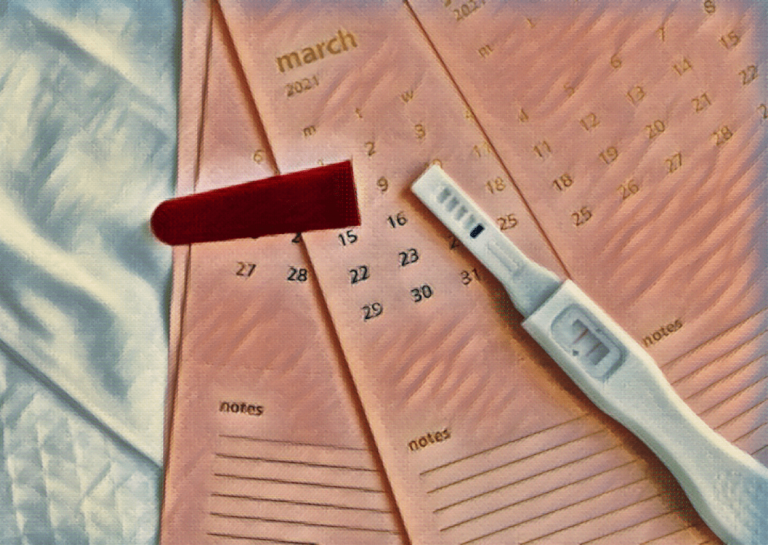When you’re pregnant, your friends, the Internet, and even your doctor often give advice that leaves you anxious and overwhelmed. You deserve a calm, straightforward, no-nonsense pregnancy. It’s time to dial down the stress and dial up the common sense. Common Sense Pregnancy is a breath of fresh air: accessible, authoritative, funny, reassuring, and personable, while still chock-full of comprehensive, medically-sound advice. Women’s health expert, labor nurse, and mother of four, Jeanne Faulkner has been at the bedside for thousands of deliveries and provides the honest insider advice you need during pregnancy, labor, birth, and beyond.
Whether you want your pregnancy and birth to be all-natural, all medical, or something in between, Common Sense Pregnancy eliminates the fear and puts you in charge of your body and prenatal experience, and helps you make the right choices for you and your baby.

